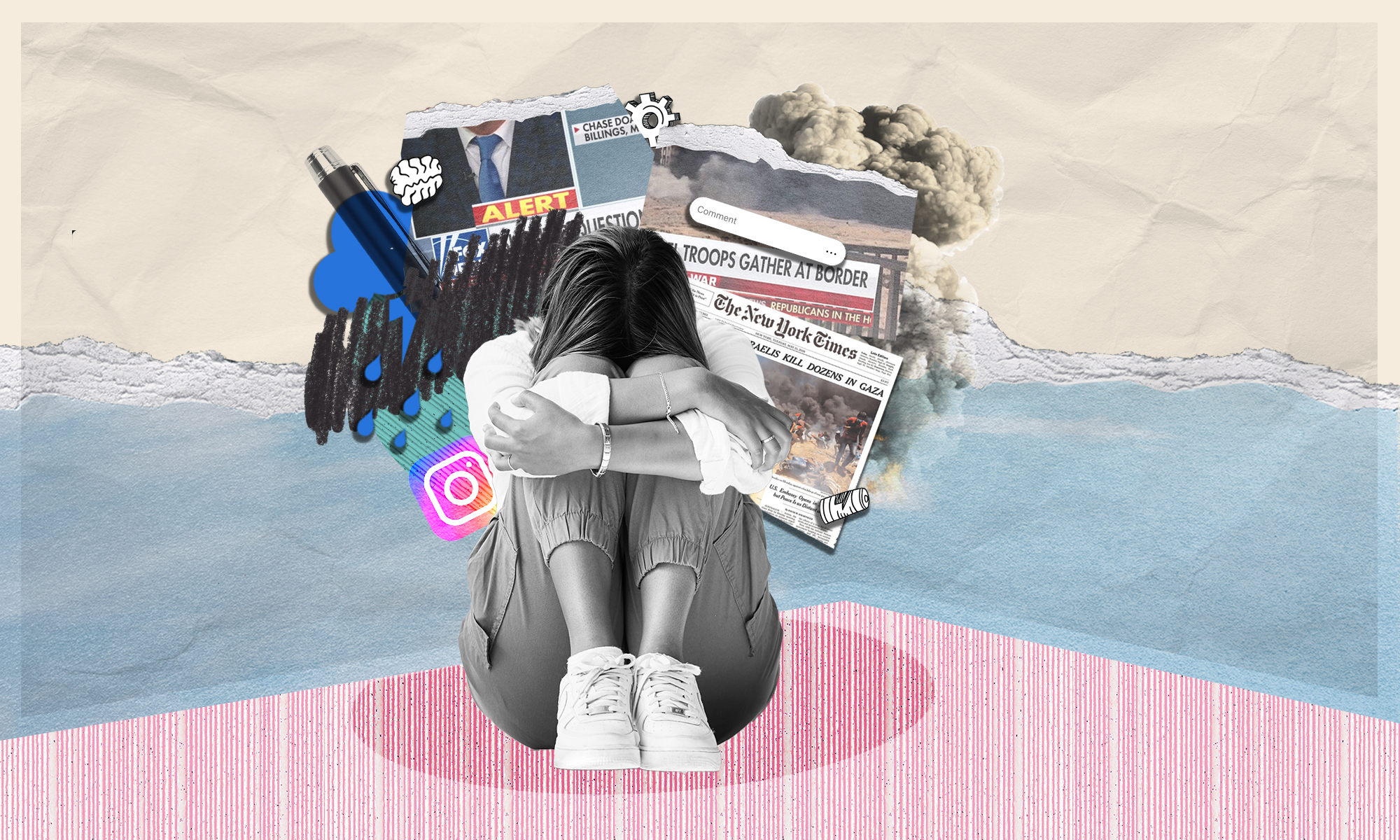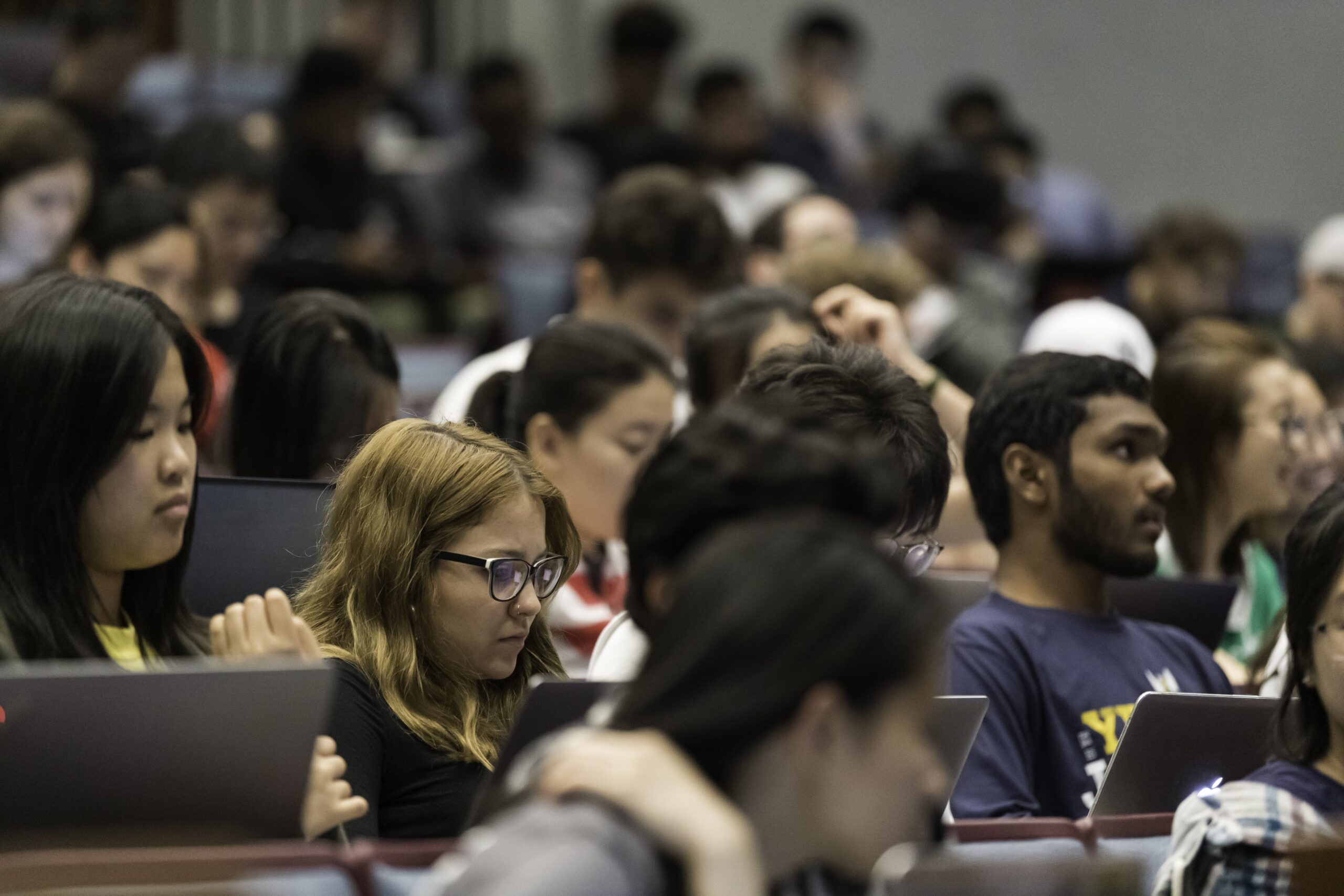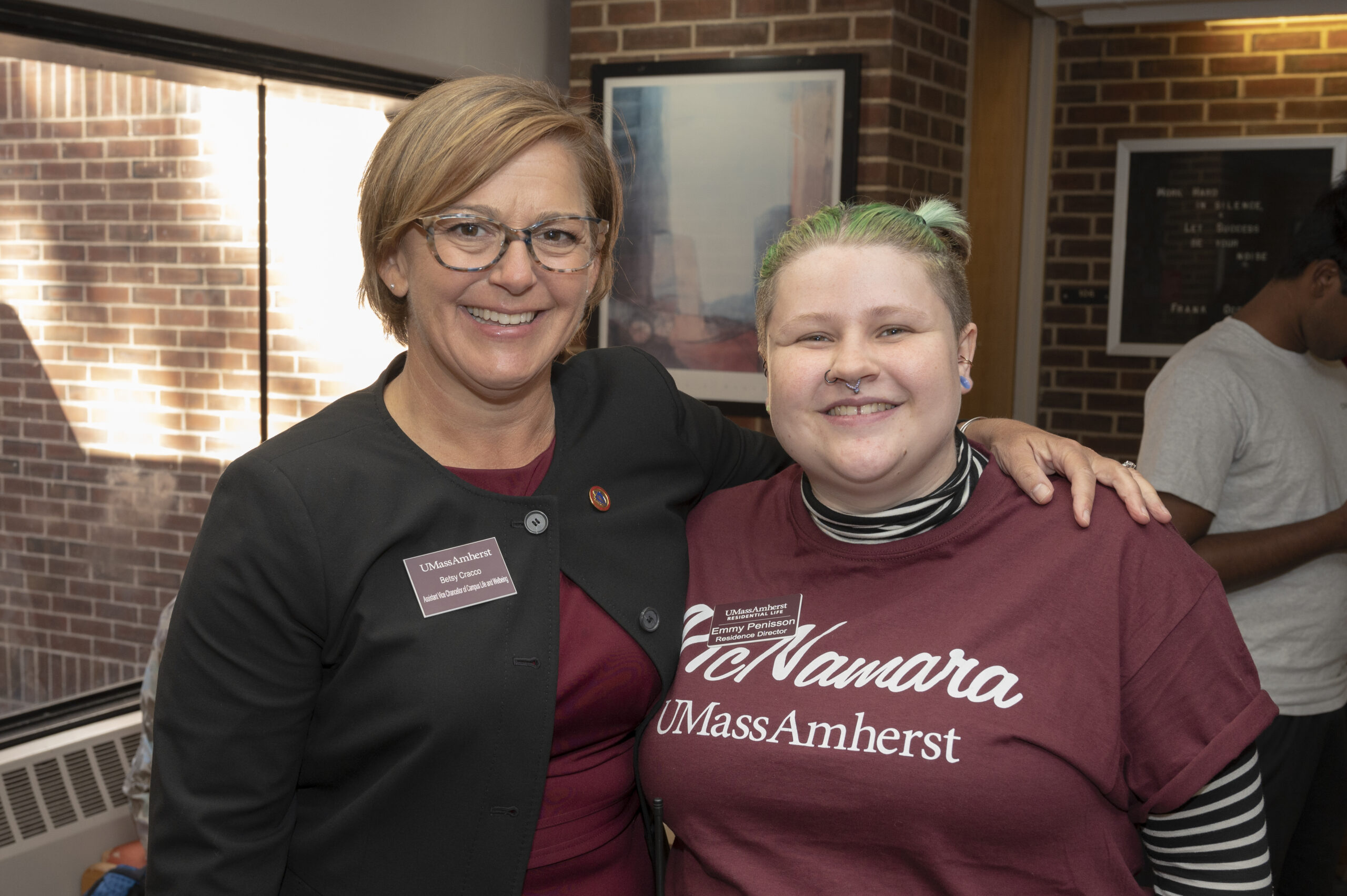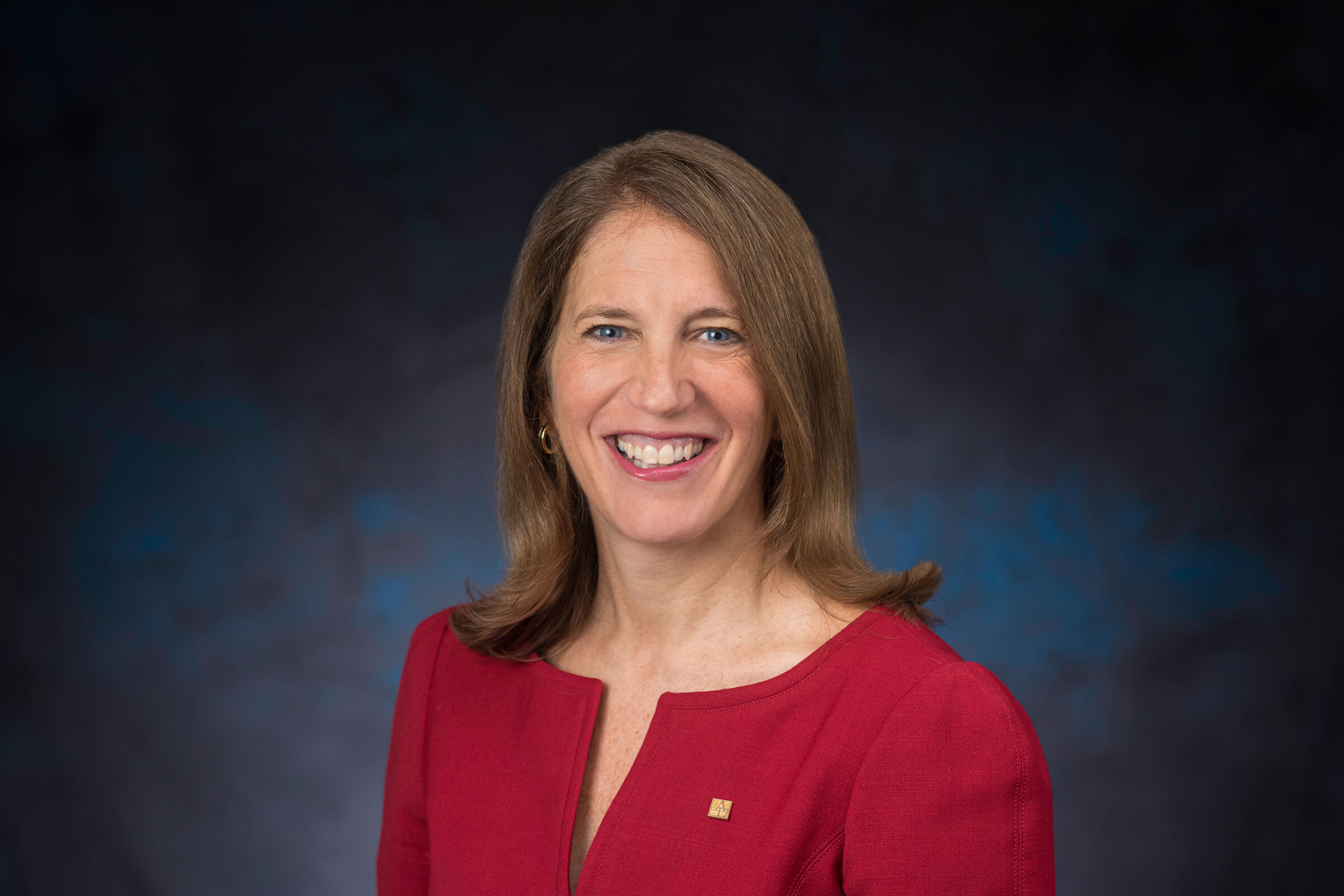When your house is burning, it feels like the whole world is on fire. That is how one student described her experience since October 7, when the heated protests and divisive debates over the war in Gaza erupted on her campus and on campuses across the country. For many students like her, the conflict is personal, it is political, and it is tangled up in all the things she is already struggling with: finding her identity, navigating friendships, and striving to retain intellectual curiosity while also feeling really angry.
For higher education, the Israel-Hamas war has rocked its own foundation, exposing not just elephants in the room but real wooly mammoths like the definition of free speech, the role of the presidential pulpit in geopolitical events, and the degree to which institutions tolerate or enable extreme political views. All of these issues relate to the overall wellbeing of students and of campus communities, issues that have emerged as important priorities for colleges and universities given the rates of anxiety and depression students, and faculty and staff, have been reporting.
It would seem there would be no better time for campuses to be working on those elements that we know help humans flourish, such as empathy, civility, community and self-awareness. But very little of that is cutting through the vitriol, blame, and anger that are unavoidably replayed on non-silenced screens. How can higher education use this moment in time, and others before it, to understand some of what is happening and to begin to heal through the power of its own resources and assets? LearningWell asked a number of people what they think. Here is our first guest interview.

Gene Beresin, MD, MA, is executive director of The Clay Center for Young Healthy Minds at Massachusetts General Hospital (MGH), a full professor of psychiatry at Harvard Medical School (HMS), and senior educator in child and adolescent psychiatry at MGH.
LW: What is your reaction to the way the conflict in the Middle East is playing out on college campuses?
GB: Colleges are places that can raise issues that are highly controversial, that involve conflict, that generate high levels of emotion and that require civil conversations. We want college campuses to be places where students feel safe enough to speak their minds, to disagree in ways that are interesting, that engage them. The problem in this particular instance with the war between Israel and Hamas is that I don’t think that there has been sufficient attention given to how to deal with conflict.
We try to teach our younger kids social emotional learning, principles of wellbeing, controlling our own emotions such as rage, shame, humiliation, passion, and in ways which are helpful. But what’s happened here in my view is that lines are being drawn in the sand. The students have been taking sides. And even though the leadership of many colleges have said, “we want this to be a safe place, and that there’s no room for terrorism or hatred or brutal behavior,” I have not heard much at all about principles of conflict resolution. It seems to me that students on both sides of the issue need to understand that there’s tremendous power to resolving conflict and dealing with conflict. And there are principles, for example, of noting the appreciation of differences, of acceptance, of tolerance, and the ability to love and respect each other despite our disagreements. But that does not seem to be happening. I’ve heard a lot about free speech. I’ve heard a lot about the right to express your own opinions. I’ve heard a lot of platitudes, but I have not heard anything about principles.
LW: How would these principles apply on college campuses today where disagreement appears to be the only thing people are focused on?
GB: We need to hold open conversations and active listening to both points of view. If we take a pedantic view of this and we look at history, both the Palestinians and the Jewish people in that region, both groups of people have been conquered, oppressed, displaced and brutalized by outside influences. If you look at it, there’s a lot in common between the Palestinian people and the Jewish people and we should take a step back and appreciate both points of view.
“I’ve heard a lot about free speech. I’ve heard a lot about the right to express your own opinions. I’ve heard a lot of platitudes, but I have not heard anything about principles.”
Principle two is avoid being judgmental. When one is a subject of criticism or rage or a personal affront from a mental health standpoint, there’s the risk of feeling blamed, devalued, shamed, humiliated. When on the defensive, the impulse is to counterattack. It basically fires up the amygdala and the fight or flight response, and it doesn’t generate oxytocin, which is the kind of neurochemical that brings us together.
Another principle is having frequent conversations that are under control. Many of the protests that I’ve seen have not been well controlled. They’ve been people screaming at each other. We’re not going to get anywhere by screaming at each other. We’re not going to resolve conflict. Another principle is learning to apologize. If I’ve offended you, if you’ve offended me, there’s tremendous power in apologizing for lashing out, for attacking another point of view. And what do you have to lose? Nothing really. You have a lot to gain by seeing what’s in common and by making one’s own reparations. I think that’s another principle of conflict resolution that I have not seen much of at all.
Violence should, in every case, not be tolerated. Not tolerated in the Middle East, not tolerated in the United States, not tolerated on college campuses. And violence, I mean in word as well as in deed. Name-calling, attacking personally, ruthless behavior should be unacceptable.
I think another principle is that the solution to this problem is not going to be easy, and it’s not one side giving into another or one side being right or one side being wrong. It’s complicated, it’s nuanced. It requires accountability. You don’t resolve a conflict like this by a win or a loss. You resolve it in a way that leaves some things unresolved by demonstration of empathy, putting yourself in the other person’s shoes. I have not heard much at all from anyone including administrations or studentprotesters, about empathically understanding what the other side has endured. I can’t stress it enough. If the students can’t empathize with the impact of these horrifying events, if they can’t see that the trauma that’s happened to virtually everyone is extraordinarily traumatic, extraordinarily sad, extraordinarily dehumanizing, then we’re not going to get anywhere.
We want our kids from toddlerhood through young adulthood and beyond to understand principles of having civil conversations. And for the most part, these have not been civilized. So is there demonstration of respect? When you’re all fired up, you don’t demonstrate respect. And when you don’t demonstrate respect, you foster trauma, you foster distrust, dishonesty in some sense, and saying things that are hurtful and traumatic to other people. We should be able to respect differences. We try to teach our young children to take turns, to use the golden rule, to do unto others as you would have them do unto you. I don’t see much of that. I’m getting back to basics here. Basics that are psychological principles and principles of conversation and understanding that we want to teach kids from toddlerhood through adulthood.
Another principle of civil conversations is telling stories. What we’ve learned from all of our major scriptures, whether it’s the Quran or the Torah or the Bible, is that every scripture in the world lives through narratives and I think people can really begin to listen to each other through stories and through narratives. One of the reasons why all the scriptures have been built upon narratives is because narratives generate not only emotions, but questions about trajectories, about lives, about family, about loss, about trauma.
LW: What do you think about this from a mental health perspective?
GB: The bottom line is that this insoluble situation, this inflammatory situation is not only traumatizing, but breeds depression, anxiety, stress, and in some cases, hopelessness, loneliness, and suicidal thinking. I mean, it has all the elements of inflaming the mental health crisis that our college students are already undergoing.
Stages of rage and trauma and high levels of emotion are not good for physical, emotional, or mental health. They fire up the immune system. They affect our sleep. They change our hormonal systems. They suppress the releases of oxytocin that makes us feel together and connected. So they have physiological effects that are dangerous. They have mental health effects that are dangerous, and they foster social disconnection, which I think is very detrimental for students on college campuses. So neurophysiologically, emotionally, and behaviorally and psychologically, these kinds of vitriolic demonstrations are not conducive to mental health. One can still express one’s point of view in a powerful way and not take a beating physically, mentally, emotionally, behaviorally.
Look, anger is a normal response. Anger prepares us for fight or flight. It’s a normal emotion. But when anger is extreme, when anger becomes laced with rage and hate, it is uncontrollable, and it clouds our cognition. It clouds our thinking. It clouds our ability to engage with others, and it puts us in an attack mode. So I think one of the other things that I would welcome is for not just students, but everyone involved in this very difficult and traumatic situation, is to use principles of anger management. If we can cool our jets, we’re in a much better place to actually talkwith each other and have civil conversations and have some kind of conflict resolution. And what this means is knowing when you’re angry and knowing when you’re coming from a place of anger rather than a more neutral emotional state.
Identifying your triggers for anger is really important. We all know road rage – the car that cuts us off, we want to just kind of slam into it. But we don’t do it. It’s okay to have impulses and angry impulses, but it’s not okay to act out on it. And one has toidentify one’s triggers. A lot of times the triggers here are identification with one’s cultural heritage, but that doesn’t necessarily mean attacking the other person. And a third principle of anger management is controlling your thoughts. Yes, we’re feeling angry. Yes, we’re feeling hateful. Yes, we’re feeling that we’ve got to do something, but it’s like one of my favorite supervisors said to me once, “A lot of times when you’re doing therapy, don’t just do something, sit there.” And I don’t see people just sitting there. I don’t see people sitting there and taking things in and processing it without impulsively blurting things out.
LW: How do you think colleges and universities should react?
GB: I think the role of the leadership should be to provide and empower different segments on campus to actually promote these principles, so we need faculty and student training in conflict resolution, civil conversations, and anger management. Secondly, this is not a “one-off.” As a child, you learn things in places of worship, in the boys and girls club, in the community, in the home, on the playground. We need stakeholders on campus to communicate these principles in reinforcing ways. The dorm leaders, the heads of our student mental health service, the dean of wellbeing, our clubs, our athletic teams, our coaches to all engage in some way in modeling civilized behavior because what we are seeing now is not civilized.
It’s not as though we need to have an assembly or a meeting at the student center and have a debate and then we’re done. No, it’s not one and done. These are ongoing conversations that need to occur with dignity and with respect and with thoughtfulness and kindness and compassion and empathy in multiple different forums so that they can reinforce each other. The leadership of colleges can say, “Look, there are no simple solutions.” Not many presidents have said this. “There are no simple solutions. But let’s try to turn things around.”
Let’s not let rage and hate lead to what we’re seeing in the Middle East with tragedy and loss of life. Let’s try to make our campus a model of civility. Let’s have multiple places in which we can communicate with each other respectfully in a calm fashion, present opposing points of view, agree to disagree, bring in history, bring in culture, bring in personal narratives, bring in spiritual narratives. And let’s do it differently. Do we want to replicate this? Do we want to perpetuate a stalemate, or do we want to do something that actually brings us to a higher level of empathy and understanding?
















